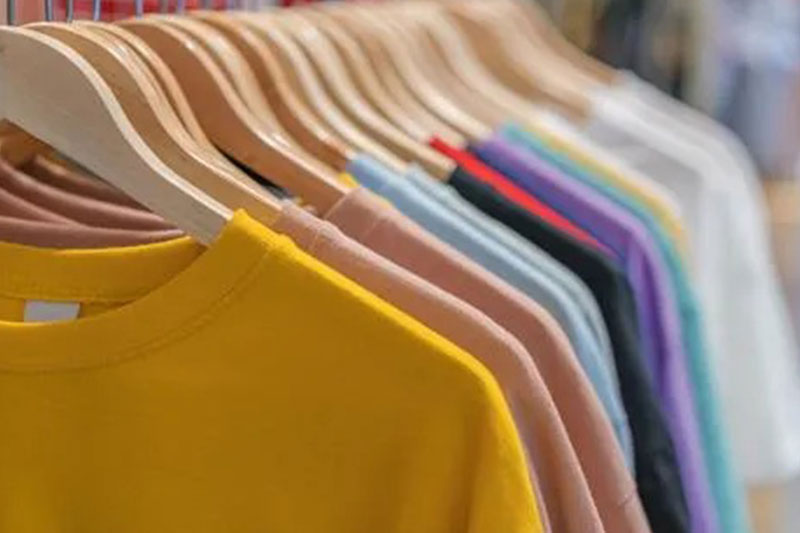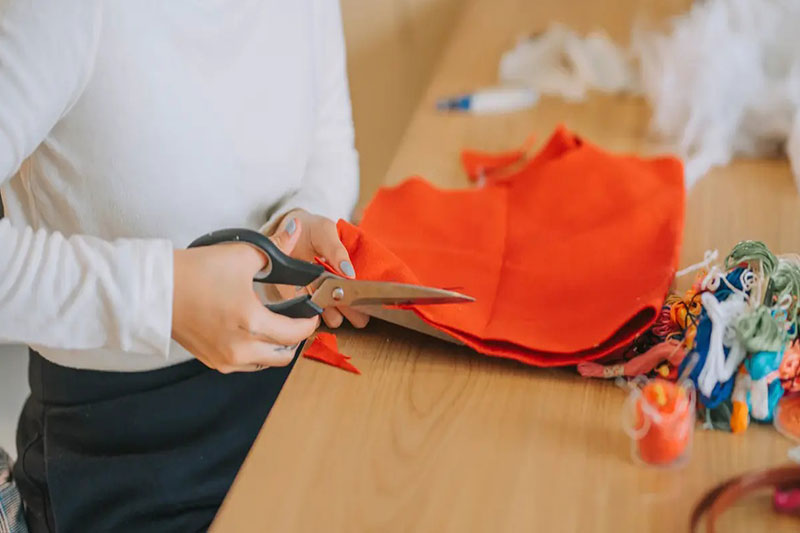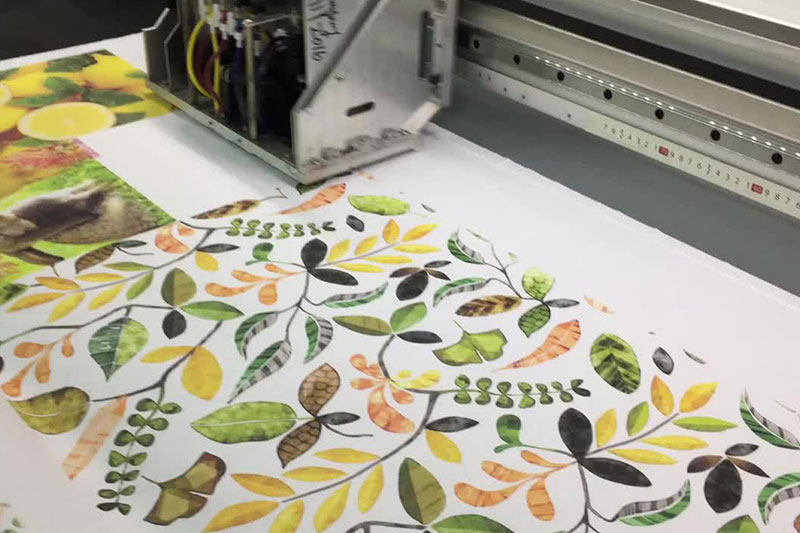Handmade Textiles: Crafts, Techniques, and Artistry

Handmade textiles are pieces of art crafted out of skilled craftsmanship, with a personal touch delving with raw materials leading to the expressions of individuality. It’s a platform where artistry meets tradition. These handmade creations require patience, attention to details and skills which are passed down through generations. Throughout the history of textiles, complex patterns have been woven, vibrant colours have been used to dye fabrics, and heavily embroidered designs have been made, which tell stories through threads and fibres.
Handmade textiles have been known for its unique production which is one-of-a-kind. It also depends on the individual’s crafting which results in a slight 0.1% imperfection which adds to its beauty. Compared to mass produced textiles, the making of handmade textiles uses up less resources and energy to produce the final product, hence making it part of the new sustainable ecosystem. They also use up high quality materials with high priority. These types of textiles have an option of customization based on specific requirements by the artisan, which gives out a customised output. It also aligns with the values and features of slow fashion which emphasises on the product being of high quality, withstand for a long time and be sustainable.
In this blog, we will be addressing the crafts and techniques of our famed handmade textiles which have been around for many centuries.
Crafts and Techniques of Handmade Textiles
India is home to a plethora of techniques and craftings when it comes to handmade textiles. The variety of these have enriched our long standing traditions and culture. They define our history and social fabric.Here are some of them-
Handmade Textiles: Block Printing
A traditional printing method where designs are printed with the help of a wooden block and printing the patterns through the carved wood on the fabric. Its ancient origins could be traced from 4th century south-east Asia, especially China where they started printing on textiles. Nowadays, with the revived interest of the artisans, since the 20th century, they have been trying to preserve block printing and make their place in the world of fashion, especially slow fashion. Being a handmade craft, the local artisans’ livelihood is sustained. Fashion designers have fused their design with the traditional block print designs among the current trends. Block print has attracted tourist interests in recent years for intricacy and prowess in design. The block prints are also used to make designs of storytelling on the printed fabric making connections with the culture and its narrative. Block Printing has been there for centuries and still used as a printing technique.
Block printing is a skill based process which is primarily about printing a design. For the process the artisan needs wooden blocks, fabric, dye, tray, brushes and a smooth table surface. First, the artisan carves the wood block with a design. Then they have to wash the fabric and iron it to be a smooth surface. Then the dye is prepared and applied to the carving of the wooden block using a brush on it. Then the painted carved surface of the block gets applied on the fabric and then a design is printed on the fabric and kept open to dry and the same goes on for the next multiple prints. Then heat-setting or a fixative is used to set the print on the fabric.
Handmade Textiles: Kalamkari
Kalamkari is an Indian textile art which uses hand-painting or block-printing applied on the fabric. A pen-like tool “kalam” is used to draw the designs. This has been around since the days of the Mughal empire and also the reign of Vijayanagar empire. Archaeological evidence also traces back the origins in the Indus valley civilization. There are two styles in which Kalamkari is done, one is Srikalahasti style and the other one is Machilipatnam style.
The Srikalahasti style’s origins can be traced back to Srikalahasti, which is a temple town in the state of Andhra Pradesh. The roots of this textile art form can be traced back to the ancient traditions of storytelling and painting at the Hindu temples of India. A pen-like tool made from date palm stick or bamboo which is pointed at one end and a bundle of fine hair is tied at the same end. For the colour, natural dyes are taken from plant based sources. Then the intricate designs are made through the kalam. The themes of the art on the fabric are derived from different scenes of Hindu mythology.
The Machilipatnam style’s origins belong to the town in Andhra Pradesh called Machilipatnam. This style uses both block printing and kalam to make designs and art on the fabric. In the block printing aspect a design is printed on the fabric and the kalam is used for detailing of the imprinted design. This style uses diverse themes also including mythological scenes,floral patterns, animal motifs, etc.
Handmade Textiles: Chikankari
Chikankari is a traditional and complex form of embroidery where white threads are woven using a hand needle on fabrics like cotton, muslin and silk to create patterns, paisleys and motifs. The designs are inspired from nature, flowers, birds and vines. It originated from the Mughal era during the time of Akbar and also had influences from the embroidery of Central Asian and Persian regions. Lucknow is known to be the centre of Chikankari. Despite losing popularity during the colonial era, since the mid 20th century it has gained popularity and it is also being used as fusion with contemporary clothing. There exists a variety of stitches for this, such as Murri (tiny knots), Phanda (small circular shaped dots), Keel Kangan (thread couched in a pattern), Bakhiya (embossed-like design),etc. It is generally used in a variety of clothing such as salwar, sarees, kurtis along with furniture clothing such as curtains, bed spreads, tablecloths, etc. It has been granted Geographical Indication (GI) status due to its cultural foothold.
Banarasi Silk
Banarasi Silk is a treasure among the Indian handmade textiles. It’s known for its luxurious artistry and a manifestation of India’s traditions along with that, it is also known for its intricate designs, vibrant colours, rich texture and detailing. It’s one of the most sought after varieties of silk in India. It is an integral part of India’s textile heritage. The roots of this could be traced back as long as the Vedic period ,i.e, 1500 BCE. During the Mughal era , it was highly patronised. Varanasi is where the Banarasi silk has been in production for centuries. The patterns woven are influenced by Persin motifs, Mughal designs and local artistry.
There are several varieties of the Banarasi Silk. Starting with Katan fabric which is pure silk and known for its luxurious texture. Then, Organza fabric is light in weight and a transparent silk fabric which has a crisp touch to it. Then there is Georgette fabric, which is known for its grainy texture and flowing nature. Then there is Shattir fabric which has a satin finish.
Ajrakh Printing
Ajrakh printing is another form of hand block printing. It originated from the Sindh region of the Indian subcontinent. The name is derived from the Arabic word “Azrakh” meaning blue. This craft has been in relevance due its intricate designs and the colour generally being indigo and red. These intricate designs are geometric patterns, circles, stars, squares and motifs of plants and animals. The designs also represent spirituality, the artisan’s lives or nature. The process of Ajrakh printing takes long durations in which the fabric is either cotton or silk. The prints are made using wooden blocks which are carved. It is a heavy process which takes a lot of washing, dyeing and printing. This print is seen to be worn by nomadic and pastoral groups in the Kutch region of Gujarat. This printing has also been influenced by Greeks, Mesopotamians and Egyptians. This technique is also known for it indigenous techniques and external influences
Why Gartex Texprocess India?
Gartex Texprocess India is India’s leading platform where businesses of garment machinery and textile manufacturing industry come together and network with potential buyers. This platform is the ultimate destination for exchange of technology and ideas. From small businesses to established enterprises, gain insights into what’s new and trending in the market.
Conclusion
Handmade textiles define originality and are interconnected with our culture and traditions. There is a need to preserve the fabrics and techniques of these handmade textiles. They need to be mass produced sustainably without compromising the essence of the intricate art which they represent. The society must adopt slow fashion and protect the livelihoods of the handmade textile artisans. NGOs and the government should promote the artistry of these artisans and help them sustain the art so that we preserve our traditions.
More News
How to Start a Garment Manufacturing Business in India?
India’s textile and garment industry has always been a major contributor to the country’s economy, offering vast opportunities for entrepreneurs. With the…View More
How to Reduce Textile Waste in Garment Production?
Textile waste has become a growing concern in the garment industry, with significant environmental and economic impacts. As businesses and consumers become…View More
The Digital Transformation of Textile Production
The shift from traditional textile printing to digital fabric printing has unlocked a world of new possibilities for producers and designers alike.…View More
Recap of India’s Garment Industry in 2024: A Year of Growth and Transformation
As 2025 begins, India’s garment industry has experienced significant growth, overcoming challenges and embracing new opportunities in 2024. From technological advancements to…View More
Sustainable Textiles: Redefining the Future of Industry
The garment and textile industries are undergoing a major transformation. Long criticized for their environmental toll—ranging from excessive water use to reliance…View More
Download
Register Now
Recent Posts
Show Countdown
DELHI
Bharat Mandapam (Pragati Maidan), New Delhi, India
- days
- Hours
- Minutes
- Seconds
MUMBAI
Jio World Convention Centre, Bandra Kurla Complex, Mumbai






